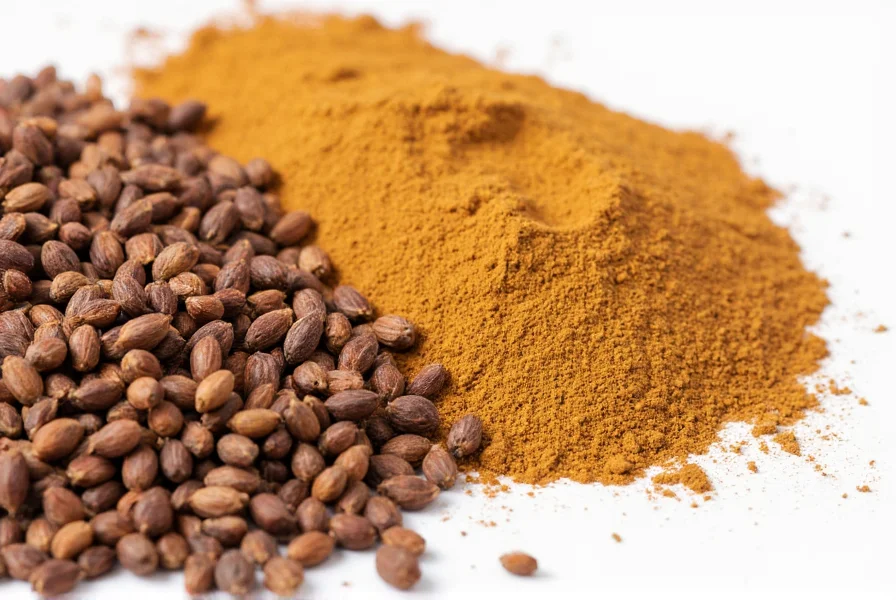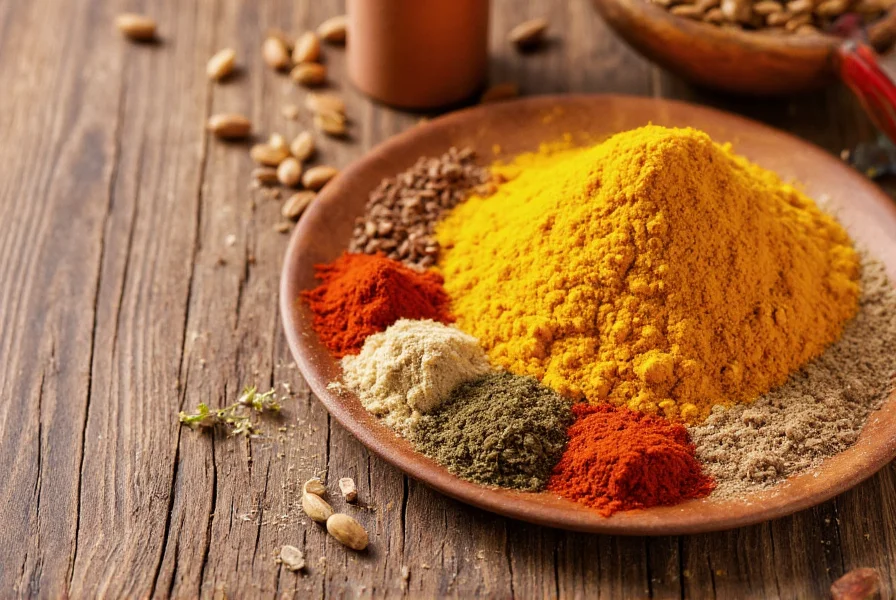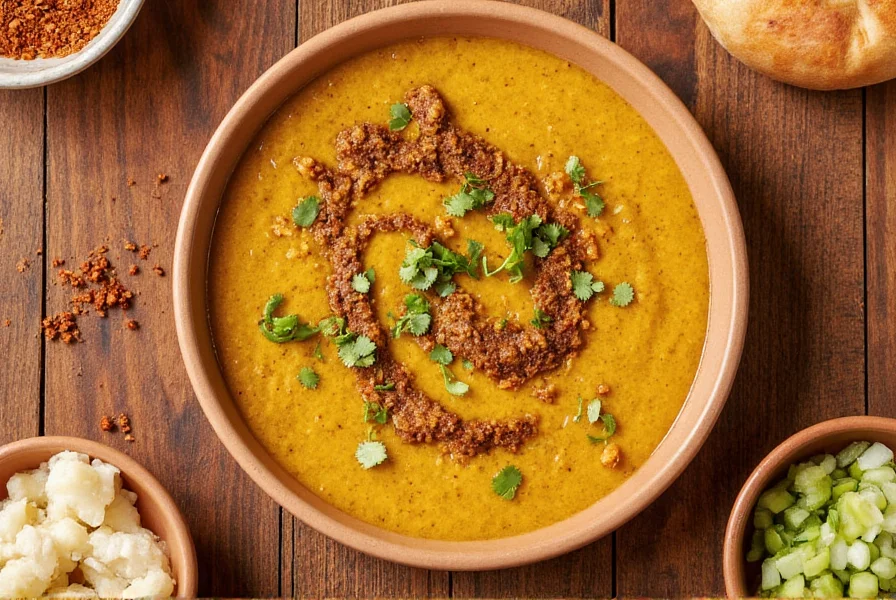Many home cooks confuse cumin and curry, mistakenly believing they're similar or interchangeable ingredients. This misconception can lead to disappointing results in the kitchen. Let's clarify these culinary staples with precise information that will elevate your cooking confidence and results.
What Exactly Is Cumin?
Cumin (Cuminum cyminum) is a flowering plant in the Apiaceae family, native to the Middle East and Mediterranean regions. The spice comes from the dried seeds of this plant, which have been used for thousands of years in global cuisines. Unlike curry, cumin stands alone as a distinct spice with its own unique flavor profile.
When properly toasted and ground, cumin delivers an earthy, warm, slightly bitter flavor with citrusy undertones. Professional chefs prize cumin for its ability to add depth to dishes without overwhelming other ingredients. The whole seeds maintain their flavor longer than ground cumin, which loses potency within 6 months.

Demystifying Curry: More Than Just a Spice
The term "curry" creates widespread confusion in Western cooking. Contrary to popular belief, curry is not a single spice but rather:
- A category of dishes originating from the Indian subcontinent
- A British-coined term for saucy, spiced preparations
- A commercial spice blend (curry powder) developed for Western markets
Traditional Indian cuisine doesn't use "curry powder"—instead, cooks create fresh spice blends for each dish. Authentic curry dishes vary dramatically across regions: South Indian curries often feature coconut milk and curry leaves, while North Indian versions might use yogurt and garam masala.
Key Differences Between Cumin and Curry Powder
| Characteristic | Cumin | Curry Powder |
|---|---|---|
| Nature | Single spice (Cuminum cyminum seeds) | Spice blend (typically 5-15 ingredients) |
| Primary Flavor | Earthy, warm, slightly bitter with citrus notes | Complex: earthy, warm, with turmeric's bitterness and sweetness from other spices |
| Color Contribution | Tan to light brown | Vibrant yellow-orange (from turmeric) |
| Shelf Life | 6 months (ground), 2 years (whole seeds) | 6-12 months before flavor degrades |
| Common Cuisines | Mexican, Indian, Middle Eastern, North African | British-Indian, Thai, Japanese, Caribbean |
When Cumin and Curry Intersect
While cumin and curry aren't the same, they frequently appear together. Most commercial curry powders contain cumin as a foundational ingredient—typically comprising 15-25% of the blend. This explains why many people associate cumin's flavor with curry dishes.
Traditional Indian curry recipes often call for whole cumin seeds tempered in oil at the beginning of cooking, which releases different flavor compounds than ground cumin added later. This technique, called tadka or chaunk, creates a more complex flavor profile than simply adding curry powder.
Practical Substitution Guidance
Understanding the difference between cumin and curry powder prevents common kitchen mistakes. If a recipe calls for one and you only have the other:
- Substituting cumin for curry powder: Use 1 teaspoon cumin plus ½ teaspoon turmeric, ¼ teaspoon coriander, and a pinch of chili powder per teaspoon of curry powder needed. This won't replicate authentic curry flavor but provides similar earthiness.
- Substituting curry powder for cumin: Not recommended as curry powder's additional ingredients will alter the dish's flavor profile significantly. Better to omit cumin entirely than use curry powder as a substitute.
For authentic Indian cooking, consider making your own curry blend using freshly toasted and ground spices. A basic version combines: 2 tbsp coriander seeds, 1 tbsp cumin seeds, 1 tsp turmeric, ½ tsp fenugreek, ½ tsp mustard seeds, and 2-3 dried chilies.

Storage Tips for Maximum Flavor
Proper storage preserves the volatile oils that give these spices their distinctive flavors:
- Store whole cumin seeds in airtight containers away from light and heat—they'll retain potency for 2-3 years
- Ground cumin loses flavor within 6 months; buy in small quantities
- Curry powder should be refrigerated after opening to preserve turmeric's color and flavor
- Never store spices above the stove where heat and humidity degrade quality
Common Misconceptions Clarified
Several persistent myths confuse home cooks:
- Myth: "Curry" is a spice like cumin or paprika.
Reality: No single "curry spice" exists—curry refers to dishes or commercial blends. - Myth: All curry powders are the same.
Reality: Regional variations exist—from mild Madras to fiery Vindaloo blends. - Myth: Cumin and curry have identical flavors.
Reality: Cumin is one component in most curry blends, but curry's flavor is dominated by turmeric.
Professional Cooking Applications
Chefs leverage these ingredients differently based on their distinct properties:
- Cumin's low smoke point makes it ideal for finishing dishes or adding late in cooking
- Whole cumin seeds provide bursts of flavor when tempered in hot oil
- Curry powder works best when bloomed in fat early in cooking to release flavors
- In Thai cuisine, cumin appears in some curry pastes but isn't dominant like in Indian cooking
Understanding these nuances allows you to make informed decisions when following recipes or creating your own spice blends. The difference between cumin and curry powder isn't just semantic—it directly impacts your dish's final flavor, color, and authenticity.
Frequently Asked Questions
Can I use cumin instead of curry powder in a recipe?
While not a direct substitute, you can approximate curry powder by combining 1 teaspoon cumin with ½ teaspoon turmeric, ¼ teaspoon coriander, and a pinch of chili powder. However, this won't replicate authentic curry flavor as curry powder contains multiple spices that create a complex profile cumin alone cannot provide.
Why does curry powder contain cumin?
Cumin provides an essential earthy base note in most curry blends. Its warm, slightly bitter profile balances the sweetness of other spices like coriander and the bitterness of turmeric. In traditional Indian cooking, cumin seeds are often the first spice tempered in oil to build flavor foundations for curry dishes.
Is curry powder just yellow because of turmeric?
Yes, turmeric provides curry powder's characteristic yellow color. Without turmeric, curry powder would appear brownish like other spice blends. The amount of turmeric varies by blend—mild Madras curry powder contains more turmeric than hotter Vindaloo blends, which emphasize chili content over color.
Does all curry contain cumin?
Most Indian curry dishes include cumin, but not all curry-style dishes worldwide do. Thai curries typically don't contain cumin, while Japanese curry often includes it. Commercial curry powder almost always contains cumin as a foundational ingredient, comprising 15-25% of the blend.
How can I tell if my cumin has gone bad?
Fresh cumin should have a strong, warm, earthy aroma. If it smells dusty or barely noticeable, it's lost potency. Perform the rub test: rub a small amount between your palms—if little aroma releases, it's time to replace it. Ground cumin typically lasts 6 months, while whole seeds maintain quality for 2-3 years when properly stored.











 浙公网安备
33010002000092号
浙公网安备
33010002000092号 浙B2-20120091-4
浙B2-20120091-4